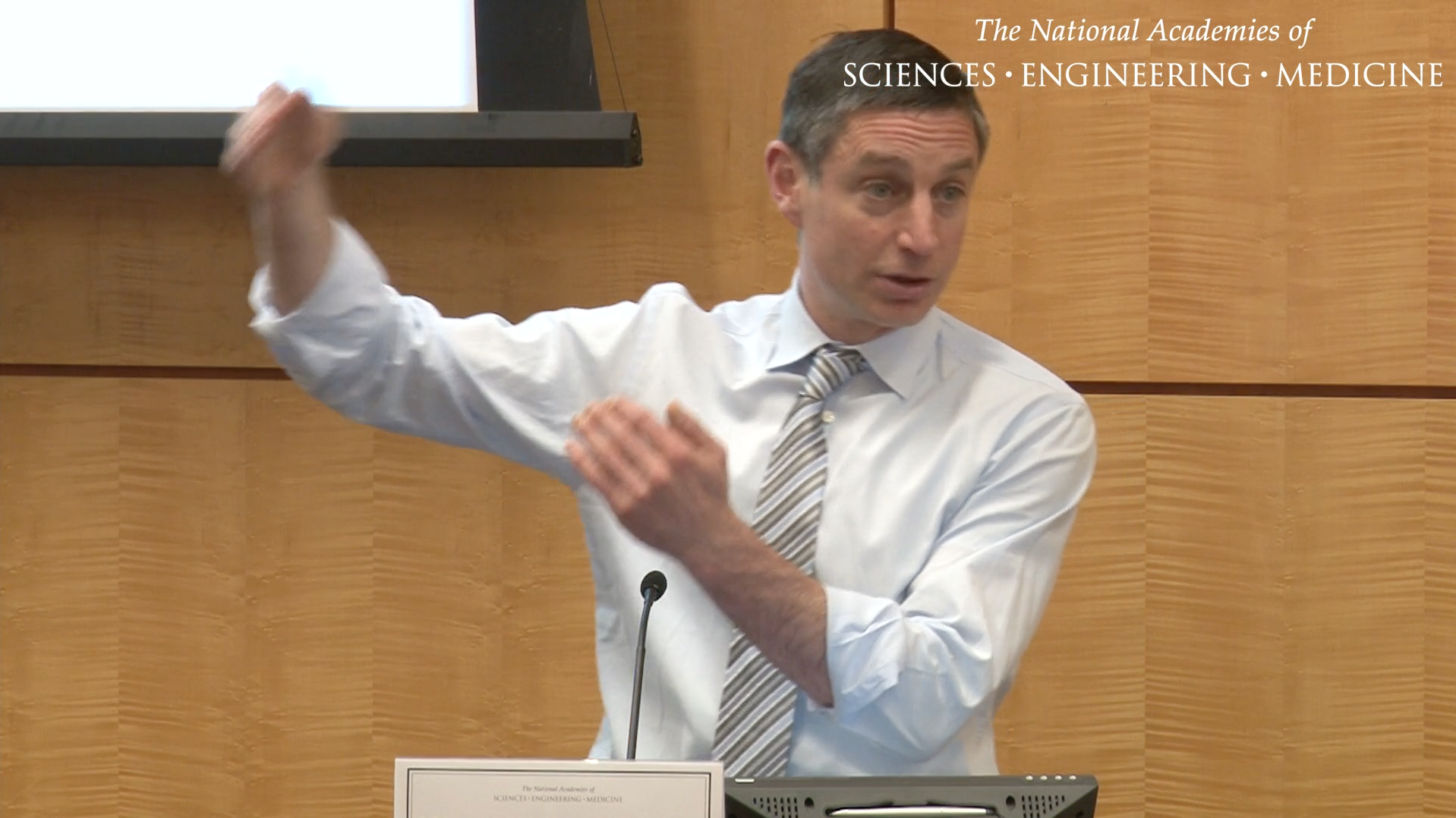A collaboration between the New York Times data viz team and the Climate Impact Lab was released today, allowing visitors to explore how much their local climate has changed since the year they were born and how it is projected to change in the future.
collaborations
Climate Impact Lab Interactive Maps Launch + NYT Feature /
Two big things happened today. First, our team at the Climate Impact Lab launched an interactive data visualization page where many of our results will be featured as we produce them. You can zoom to the future and see probabilistic outcomes at unprecedented resolution (>24,000 individual regions!).
Second, the New York Times featured the the Impact Lab's work and built their own visualization to illustrate the changing frequency of extremely hot days expected in the future.
Berkeley Opportunity Lab web launch /
We launched the Opportunity Lab website. The Opportunity Lab is a new group of economists on campus that leverage data to uncover solutions to poverty and inequality issues. The Lab focuses on six core research areas: Climate and Environment, Crime and Criminal Justice, Education and Child Development, Health, Social Safety Nets and Employment, Taxation and Inequality. Sol and collaborator Reed Walker are co-directing the Climate and Environment program of the Lab. Stay tuned!
Video: Empirical climate damages at the National Academy of Science /
Michael Greenstone recently presented new results from the Climate Impact Lab at the National Academy of Sciences. This work (and the talk) follow logically from Sol's talk to the same NAS group back in November. The work Michael presented represented a major team effort that included [amazing] contributions by Tamma Carleton, James Rising, and Megan Landin here at GPL.
Climate Impact Lab web launch /
We launched the Climate Impact Lab website. The Impact Lab is a collaboration with team members at University of Chicago, Rutgers, and Rhodium Group to construct an empirically founded basis for the global social cost of carbon.
This collaboration produced the American Climate Prospectus in 2014.
see more here




